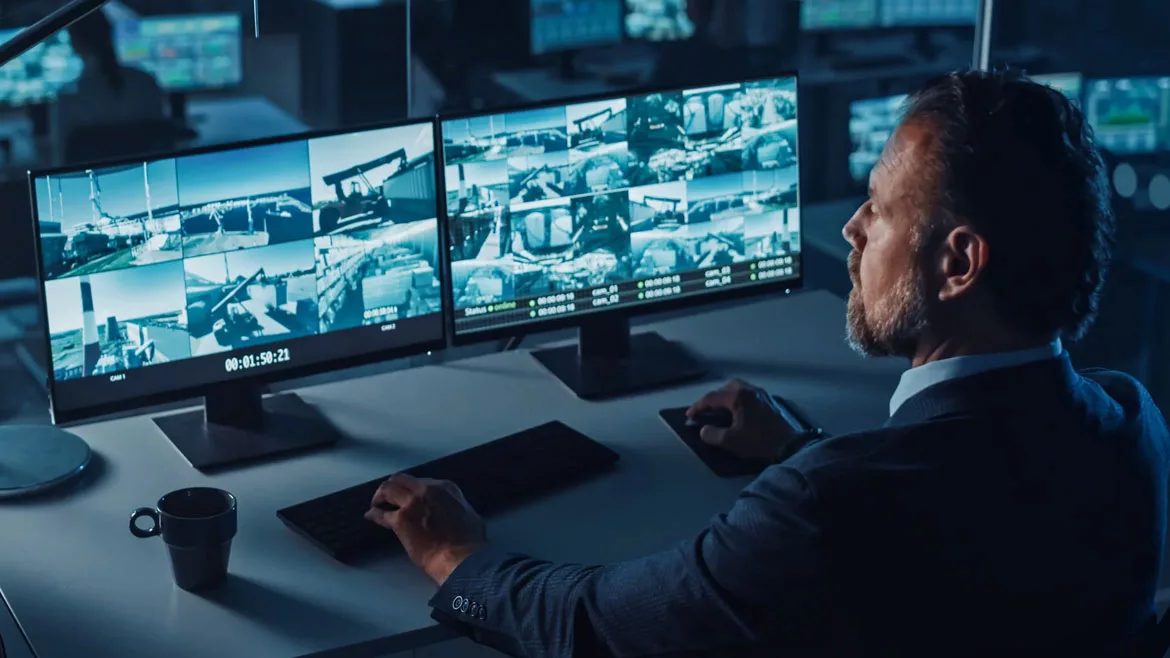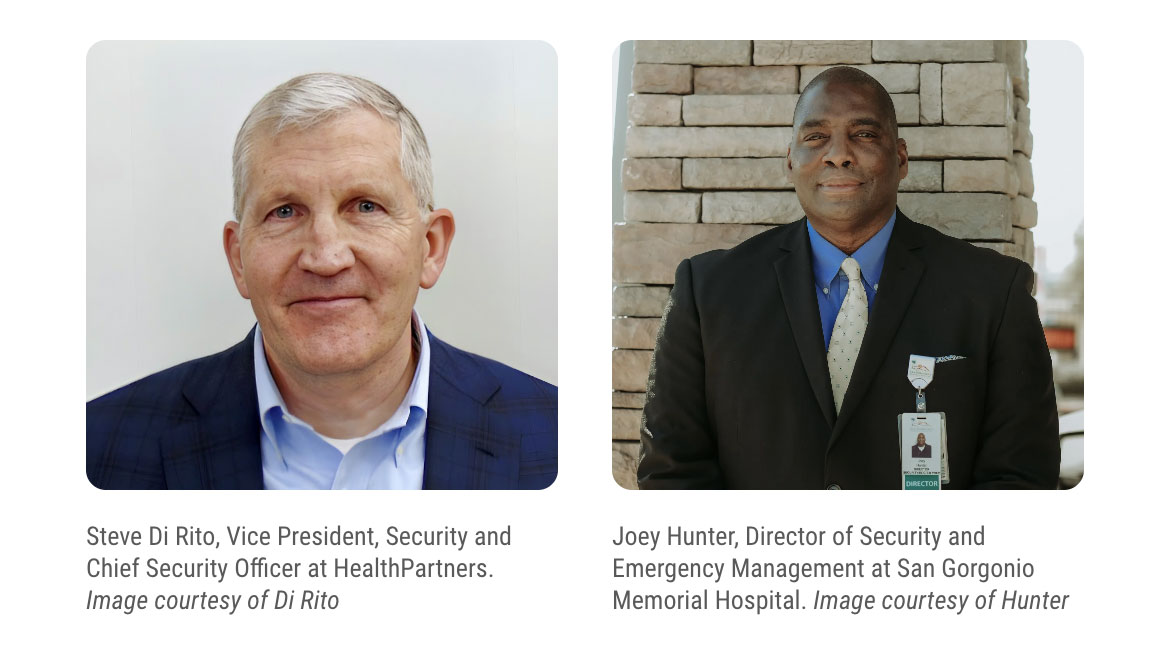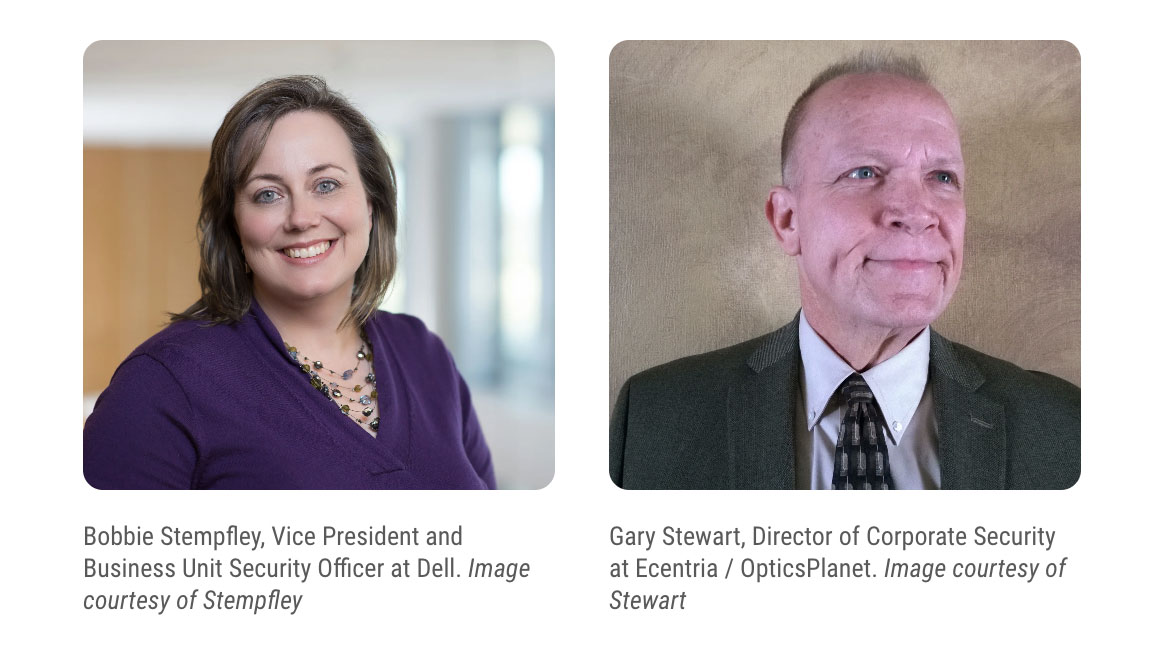Security Strategy
Stronger together: How security executives build solid teams
Fostering connection among security teams and empowering employees helps security executives build strong departments.

Gorodenkoff / iStock / Getty Images Plus via Getty Images
In the realm of physical security, it isn’t always easy to build a strong and cohesive team.
“Team building requires a level of inclusion and openness that has to be created and curated,” says Bobbie Stempfley, Vice President and Business Unit Security Officer at Dell. “In the security industry, you tend to have people who — by requirement of their job — are a little more suspicious about the world around them. To foster a good culture, you have to push through their natural tendencies to not share and to not be open.”
It isn’t easy — but it’s absolutely necessary. “Security can be a really thankless job. If it's going well, you tend not to be seen or recognized. When something goes wrong, that’s when you end up being seen and recognized,” Stempfley says. “So that internal team culture is really important in nurturing and retaining talent — to helping people see value in this space.”
Team culture “also helps organizations be more integrated. The ability to have an open, communicative team helps us learn from each other, and learn from the environments that are around us,” she says.
To sum up, security team-building is 1) necessary and 2) incredibly challenging. That sets a high bar. How do physical security leaders make it happen?
Empowerment and levity
When Steve W. Di Rito, CPP, CISM, joined HealthPartners as Vice President, Security and Chief Security Officer, he had team-building high on his to-do list.
HealthPartners offers health insurance and healthcare, and also does in education and research.“Like many others, our organization grew over time through acquisitions which often had an organic security team that continued operating independently,” he says. “I was hired to integrate everyone into a system-wide security team.”
That starts with empowerment, helping people to feel they are part of a greater whole. “A key piece of how I've built my team is to involve them in the vast majority of decisions,” he says.
“It comes down to ownership. When people feel like they have a say or have a voice in the decisions, then they adopt them much more readily,” and are more apt to perceive themselves as truly a part of the larger effort, he says.
And while security is a serious business, Di Rito says team spirit often comes together when people take a lighter approach.
Facing the bad and potentially-bad day after day, “it can be hard to deal with some of the tougher challenges without a good sense of humor,” he says. “It can be something as simple as having nicknames for each other, or just a gentle teasing about something that helps to break that barrier down. I encourage people to lighten up a little bit, which helps us talk more openly.”
Di Rito follows his own advice. For example, “I take ownership when I've made decisions that maybe weren't the best — and often make light of my own mistake,” he says. “A good sense of humor within the team helps staff know they are supported by both their leader and peers, which empowers them to talk about issues and make better decisions.”
Structural approach
At Dell, the distributed global nature of the operation can be a roadblock to team culture. “[Security teams] often operate in a variety of different locations, so they are rarely in the same place together,” Stempfley says.
As part of her effort to get people working in unison despite being apart, Stempfley has given special attention to the structure of the security organization.
Dell is a converged security organization, with physical, cyber and product security all rowing together. “We spend time making sure that the organizational silos are really porous. That gives us a greater integrated picture, which gives us more eyes on a problem,” she says.
“It also overcomes the ‘us-versus-them’ approach that tends to happen when you're talking about physical security versus cybersecurity,” she says. “It helps when the whole team can see this is an integrated problem and it requires an integrated solution.”


To generate that integrated understanding — that team culture — Stempfley encourages her personnel to look at common risks across the organizations. “It starts with looking at the threat landscape, because that is the common ground,” she says.
An awareness of those common threats helps to build team cohesiveness — as does the sharing of experiences.
“On our team, whenever someone goes to a conference or has a customer interaction or an external-stakeholder interaction, they come back and share what they learned with the greater team,” Stempfley says.
“We have a conversation about it, it’s a normal part of our staff meetings. Everybody gets value out of what one person might bring to the table, and everyone contributes to the team’s overall learning,” she says. Those shared experiences help to forge a shared identity within the team.
Individualized attention
At San Gorgonio Memorial Hospital in Banning, California, Director of Security and Emergency Management Joey Hunter says you need star players to build a winning team.
“Building a strong security team culture starts with our employees,” he says. “I try to hire the right people, people who are disciplined, who have some sense of personal pride, passion, motivation.”
With the right people on board, Hunter then looks to make strong pairings. “We want to make sure that whoever we’re putting them with is going to mentor and mold them… to help advance their career,” he said. When people see that senior leadership is invested in their personal success, he suggested, they feel themselves to be part of a greater whole — part of a team.
That same individual attention drives the way he organizes his shifts, assigning personnel in ways that foster a team environment.
“I know every single one of these officers’ personalities, so I make sure that when I put them with a team leader or a supervisor, I'm making sure that I balance out both the strengths and weaknesses of that particular team,” he said.
Flatten the organizational chart
For Gary Stewart, Director of Corporate Security at the ecommerce platform Ecentria / OpticsPlanet, engagement drives team spirit.
“The way I train and manage my staff is to manage from the bottom up. You utilize everybody for goal setting, goal planning — if it’s a desk officer, a security control room, a patrol officer, a gate officer, a frontline lead, even up into senior manager and director levels,” he says.
“You're putting everyone to work on accomplishing the transformation, and it’s a constant involvement,” he says. That helps people to feel part of a larger program.
That effort extends to the bigger picture too, as Stewart works to flatten the organizational chart in support of stronger team spirit.
“Everybody wants to get to the top, but you can’t take 20 officers and make them 20 managers at the same time,” he says. That naturally generates competition, when what he needs is collaboration.
With this in mind, “I try to flatten my org chart, rather than have it structured like a Christmas tree… Rather than having regional groups, we have a national group: we don't have little pockets throughout the country, we have a one large organization,” he says. With this structure, “if you're in Chicago, you're not focused on being a lead officer in Chicago. You can also be a leader in the company across all the states. It gives them a broader picture, rather than little tribe groupings.”
This focus on organizational structure enables Stewart to create not just individual opportunities, but more cohesive teams. By dialing down the competition, he’s encouraging personnel to feel that we are all in this together.
Looking for a reprint of this article?
From high-res PDFs to custom plaques, order your copy today!








